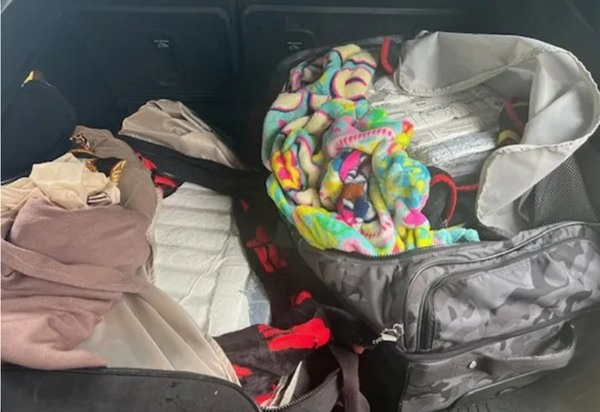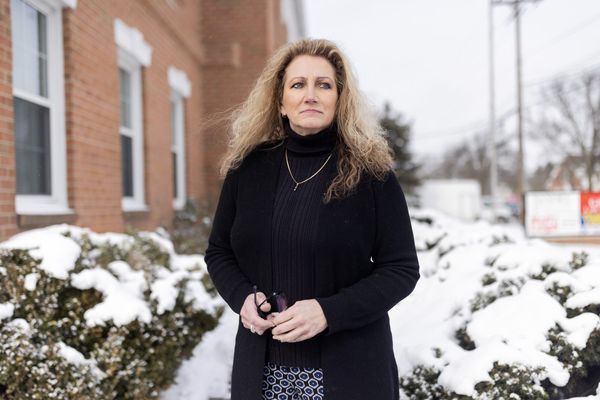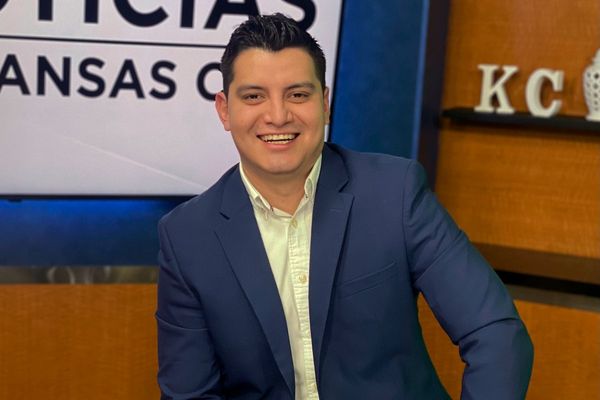
The curve is being flattened, but Japan's latest wave of novel coronavirus infections is taking longer to peak than initially predicted and clusters are increasingly emerging at schools and elderly facilities.
Friday marked two weeks since quasi-emergency priority measures came into effect in 13 prefectures, including Tokyo and Kanagawa. The explosive surge in new cases has eased in areas subject to the restrictions, and the rate of increase appears to be leveling off.
Some initial forecasts predicted that this wave of infections would peak after about two weeks, but reaching the turning point is taking longer than expected.
On Wednesday, Takaji Wakita, director general at the National Institute of Infectious Diseases and chairperson of a Health, Labor and Welfare Ministry advisory panel, said, "Infections are continuing to spread, but the peak is getting close" in areas under the priority measures.
According to the panel, cases were rising in 31 of the 34 prefectures under priority measures as of Wednesday, but the rate of increase had eased.
From Jan. 6 to Jan. 9, daily infections in Tokyo were at least 10 times higher than the tally recorded on the same day of the previous week.
On Jan. 26, after the priority measures had come into effect, the daily tally was two times higher than the previous week, and the figure has been hovering at around 1.5 times higher than the previous week's figure for the past few days.
The metropolitan government forecast Thursday that new infections in Tokyo would reach 24,756 on Feb. 10, 14% higher than the record 21,576 cases logged Wednesday.
Cases are also trending downward in Okinawa, Hiroshima and Yamaguchi prefectures, which implemented priority measures on Jan. 9, ahead of other prefectures.
In the week through Feb. 1, new cases were generally lower than the same day of the previous week.
"The effects of the steps taken have quickly become evident," Wakita said. "The priority measures are showing they are effective to some extent."
--Fewer people out at night
Many bars and restaurants in Tokyo have shortened their business hours under the priority measures, which has resulted in fewer people going out at night.
According to the metropolitan government, the number of people visiting entertainment districts between 10 p.m. and midnight on Wednesday was down 23.3% compared to Jan. 20 -- the day before priority measures took effect -- and at about the same level as during last year's state of emergency.
Establishments that have received certification for their infection control measures are allowed to serve alcohol until 8 p.m. However, about 20% of such businesses have voluntarily closed temporarily, instead of cutting their operating hours.
"It seems many businesses thought they would lose money if they stayed open while fewer people were going out," a metropolitan government official said.
The reduction in daytime pedestrian traffic has been small. The success in stemming the surge in new cases has been attributed to restrictions aimed at bars and eateries, the main target of the coronavirus countermeasures.
--Infection clusters
According to the health ministry, infection clusters linked to restaurants and bars peaked at 33% (56 clusters) of the total between Jan. 4 and 10. But between Jan. 24 and 30, just 1%, or 13 clusters, originated at such establishments.
During the same periods, clusters at facilities for children and elderly people have surged. Clusters at schools jumped from 10, or 6% overall, to 384, or 34%, and at nursery schools and similar facilities from eight (4%) to 196 (17%). The proportion of clusters detected at facilities for the elderly doubled from 11% (19 clusters) to 22% (249).
According to the advisory panel and other sources, people in their 20s accounted for many coronavirus infections detected in early January, which they attributed to get-togethers during the year-end and New Year period.
Since then, infections have been spreading among groups including children under 10, who are not yet eligible to be vaccinated, and elderly people who received their second jab many months ago.
--Adapting to situation
Authorities in some regional areas are calling for more than measures aimed squarely at bars and eateries. They want stronger steps taken at schools, nursery schools and other facilities where cases are spiking.
"It's not necessarily just bars and restaurants that are behind" the spread of infections, stressed Saga Gov. Yoshinori Yamaguchi, who said he "felt terrible" about asking establishments to shorten their business hours.
On Tuesday, Tottori Gov. Shinji Hirai, the president of the National Governors' Association, urged Prime Minister Fumio Kishida to implement measures to deal with the rising number of cases at schools, child care centers and facilities for the elderly.
Kishida said he would consider improving the government's countermeasures by taking into account the special characteristics of the omicron variant.
Read more from The Japan News at https://japannews.yomiuri.co.jp/







